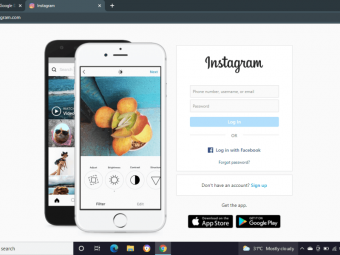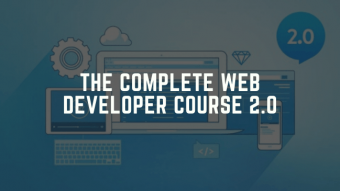Oracle Database Troubleshooting And Tuning
Tags: Oracle Database
In this course you will learn about how to interpret an AWR report
Last updated 2022-01-10 | 4.3
- Understand WAIT Events- Interpret an AWR report
- Identify alternative solutions to problems and improve database performance...
What you'll learn
* Requirements
* Understanding of Oracle Database architecture and experience in some tuning activityDescription
This training will enable participants to learn Advanced Tuning and Troubleshooting techniques for Oracle Databases. It will enable the participants to go beyond standard troubleshooting methods and get to advanced techniques analysis to diagnose performance problems. At the end of the training, you will be able to interpret an AWR report and identify whether there is any problem in your database, and if they exist, what are the top problems / root causes of problems.
Additional resources( slide deck , practice guide etc) are part of Lecture 10.
The topics covered in this course are
Understanding Database Execution and Resource Utilization
- CPU, Memory and I/O usage patterns
- When does the Database use what Resource
Design – Why is it the best and first place to fix Performance Issues
- Design Fundamentals
- Data Type
- Using Constraints
- Considering Alternate Storage techniques
Will Adding Hardware solve Performance Issues?
- Response Time = Service Time + Wait Time
Accurately Identifying Performance Metrics
- Understanding the Wait Event Ecosystem
o Wait Event Fundamentals
o Diagnosing Problems based on Wait Events
- Understanding Ratio Analysis
o Memory Issues
o I/O Issues
o Space Issues
Understanding Physical Design
Optimizing Storage Configuration
- Hardware / Disk Optimization ( Understand your Storage)
- Space Vs IOPS Vs MBPS – What do you ask when you need Storage
- File placement Strategies – With Striping
How to Read an AWR Report
- Important Sections of an AWR Report
- Approach to read an AWR Report
- Important terms to know to do a 5 minute Analysis and identify the top issue/ problem
Get the Best out of SGA Memory
- Tuning Buffer Cache
– Keep/Recycle Pools, how to configure them
– Using Flash Cache
- Tuning Shared Pool
– Why to Share Cursors
– How to identify if Cursors are Shared
– Keeping Objects in Shared Pool
– Using Result Cache
- Tuning PGA
– Serial Reuseability
– FREE Unused Memory
Identify I/O Hotspots
- File & Tablespace I/O Statistics
- Top Objects consuming I/O
Identify Bad SQL
- What is Bad SQL
- Is it good to do Disk Reads or Memory Reads
- Is there a Threshold for Memory and CPU Consumption
- What to do after Identifying them
Who this course is for:
- DBAs and developers who would like to troubleshoot and tune an Oracle database.
Course content
6 sections • 41 lectures








 This course includes:
This course includes:
















